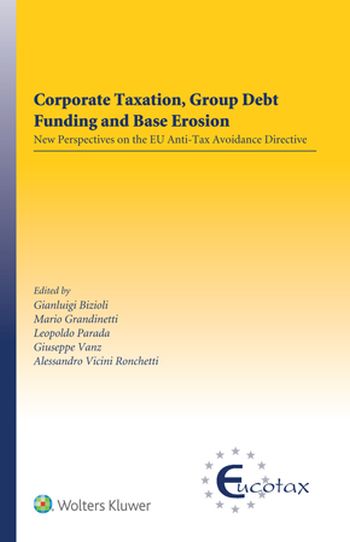
Corporate Taxation, Group Debt Funding and Base Erosion is the first in-depth analysis of the features and implications of the directive, and it provides insightful and practical discussions by experts from around Europe on the crucial interactions of the Anti-Tax Avoidance Directive (ATAD) with other existing anti-tax avoidance measures, the European financial sector and the fundamental freedoms. The European Union’s (EU’s) ATAD, implemented in January 2019, confronts Member States with complex challenges, particularly through the introduction of specific permanent solutions such as the interest limitation rule. This book pays special attention to the complexities that the introduction of an interest limitation rule may create within the European financial sector.
What’s in this book:
The book is divided into three parts that ensure a proper understanding of the high level of technicalities involving the new ATAD interest limitation rule, as well as the main domestic challenges that Member States are facing with the implementation of this rule. Specific issues and topics covered include the following:
How this will help you:
This matchless commentary by leading European tax law academics and practitioners on an important and much-debated item of EU legislation gives practitioners, enterprises and tax authorities an early opportunity to understand the practical effects of the directive in the various Member States. A comparative analysis of implementation issues in four leading Member States—Germany, Italy, Spain and the Netherlands—as well as a global general survey with regard to interest limitation rules allow readers to assess the particular complexities associated with the implementation of ATAD.